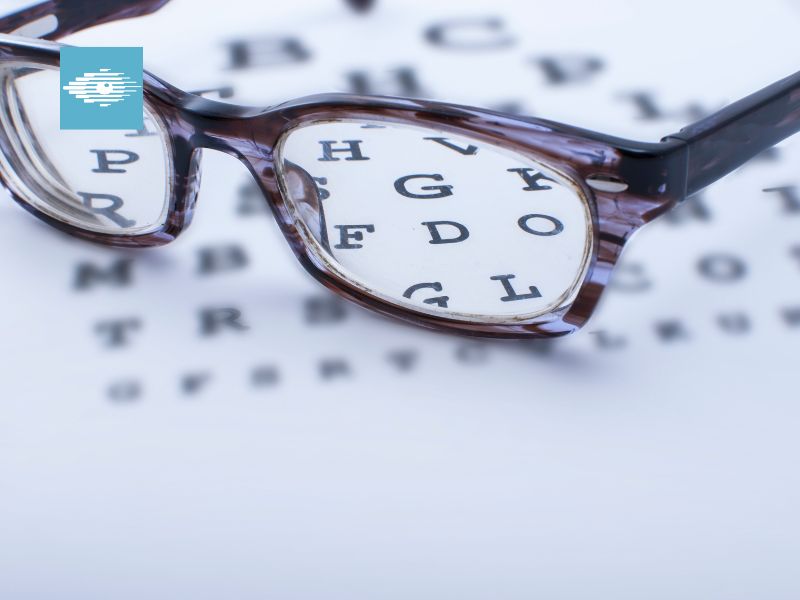What Does Optometry Involve?
Optometry is a fundamental pillar of eye care, helping people see clearly and protect their vision over a lifetime. For many, the term “optometry” is associated with eye exams, glasses, and contact lenses, but the field encompasses a broader range of services and responsibilities. In this post, we’ll explore what optometry involves, how optometry services fit into overall eye health, and what to expect from your next visit.
Introduction to Optometry
Optometry is the health profession dedicated to examining, diagnosing, treating, and managing conditions and diseases of the visual system. This includes the eyes, the brain’s processing of visual information, and related structures such as the eyelids and tear film. A licensed optometrist is trained to perform comprehensive eye exams, prescribe corrective lenses, and manage certain eye diseases.
One of the key distinctions to remember is that optometrists provide primary eye care. They are not medical doctors, but they have extensive training in vision science and ocular health. When a problem falls outside the scope of optometry, such as certain retinal diseases or brain-related vision issues, a referral to an ophthalmologist (a medical doctor) or another specialist may be made. Nonetheless, optometry services cover a broad spectrum of routine and preventive care.
What Does Optometry Involve?
Comprehensive Eye Examinations
A typical optometry visit begins with a thorough eye exam. This usually includes:
- Visual acuity testing to measure how well you see at various distances.
- Refraction assessment to determine your precise prescription for glasses or contact lenses.
- An evaluation of eye alignment and focusing skills.
- Health screening for common conditions such as glaucoma, cataracts, macular degeneration, and diabetic retinopathy.
- Assessment of the tear film and dry eye symptoms.
- Evaluation of binocular vision and depth perception.
During the exam, the optometrist may use tools such as a phoropter, autorefractor, slit lamp, and ophthalmoscope. Advanced services could include retinal imaging or corneal topography, depending on the practice and patient needs. The goal is to determine not only your current prescription but also your eye health status and risk factors for future problems.
Prescription and Vision Correction
Optometry services often involve prescribing corrective lenses to improve vision. This can include:
- Glasses: The most common form of vision correction, with a wide range of frame styles and lens options (single-vision, bifocals, progressives, etc.).
- Contact lenses: Daily, weekly, or monthly disposables, plus specialty lenses for astigmatism, dry eye, or specialty applications like orthokeratology (overnight lenses for refractive change).
- Vision therapy: A program of eye exercises and activities designed to improve visual skills, particularly for children with binocular vision issues or convergence insufficiency.
The optometrist determines the most appropriate correction method based on your lifestyle, prescription, and ocular health. Regular updates to your prescription ensure you maintain the best possible vision and comfort.
Managing Eye Health and Disease
Beyond vision correction, optometry services include the identification and management of various eye conditions. Some key areas include:
- Glaucoma monitoring: Measuring intraocular pressure and assessing optic nerve health to detect early signs and monitor progression.
- Cataract assessment: Evaluating lens clouding and determining whether surgery is needed.
- Diabetic eye care: Regular retinal checks for people with diabetes to prevent or manage diabetic retinopathy.
- Macular health: Screening for age-related macular degeneration and other central vision disorders.
- Dry eye and ocular surface disease: Diagnosis and treatment plans to improve comfort and vision.
- Allergies and infections: Treatment recommendations for conjunctivitis, blepharitis, and other common conditions.
Many optometry practices now offer enhanced services, including digital retinal photography, optical coherence tomography (OCT) imaging, and allergy testing or management plans. These tools help clinicians detect problems earlier and tailor treatments to individual needs.
What Happens During a Visit?
Here’s a practical look at what you can expect during a typical optometry appointment:
- Pre-visit information: Bring a list of medications, your glasses or contact lens prescription, and any symptoms you’ve noticed (eye pain, redness, blurred vision, headaches).
- History and symptoms: The optometrist asks about eye health, family history of eye disease, and any systemic conditions such as diabetes or hypertension.
- Comprehensive exam: Refraction, visual acuity, depth perception, and a health assessment of the external eye and internal structures.
- Diagnostic tests: Intraocular pressure measurement, retinal imaging, and possibly corneal topography or OCT, depending on need.
- Results and recommendations: You will receive a prescription if needed, plus a plan for follow-up visits, lifestyle tips, and potential referrals if a problem is detected.
How Often Should You Have an Eye Exam?
For most adults, a comprehensive eye exam every one to two years is a good rule of thumb, though some people may need more frequent assessments. Children typically require more frequent checks to ensure proper visual development and academic readiness. Individuals with chronic conditions such as diabetes, hypertension, or a family history of eye disease may require more frequent monitoring. Your optometrist will tailor the schedule to your risk factors and eye health.
The Relationship Between Vision and Overall Health
Optometry services are not just about seeing clearly. Many eye conditions can signal broader health issues. For example, changes in vision can be an early warning sign of diabetes, high blood pressure, or autoimmune diseases. Regular eye exams are a convenient way to catch these signals early and pursue timely medical care.
Choosing the Right Optometry Practice
When selecting an optometry practice, consider factors such as:
- The range of services offered, including comprehensive eye exams, laser vision correction guidance, and preventive screenings.
- Availability of newer diagnostic tools (OCT, retinal imaging) and contact lens fittings.
- The expertise and approach of the optometrists, including pediatric care or specialty contact lens fitting.
- Convenience, including appointment availability, location, and whether they accept your vision insurance.
Ask about optometry services and how they tailor care to your needs. Reading patient reviews and asking for referrals can also help you find a trusted provider.
What Does Optometry Involve? – Final Thoughts
Optometry involves much more than simply prescribing glasses. It encompasses a full spectrum of services, from routine vision testing and lens fittings to advanced ocular health assessments and disease management. By prioritizing regular optometry services, you can protect your sight, catch potential issues early, and maintain high-quality vision for daily activities, work, and recreation. If you haven’t had a comprehensive eye exam recently, consider scheduling one with a qualified optometrist to review your vision, eye health, and safety needs.
Visit our blog page for more interesting articles!

